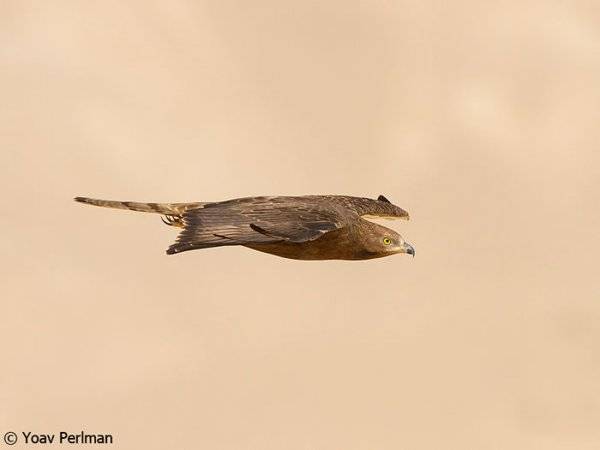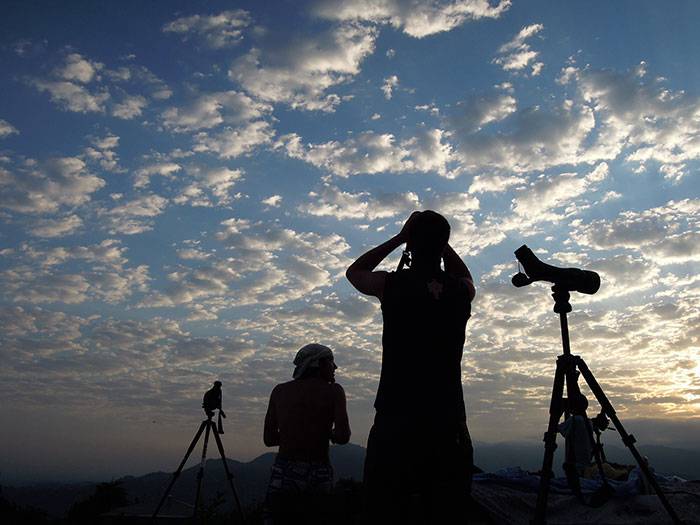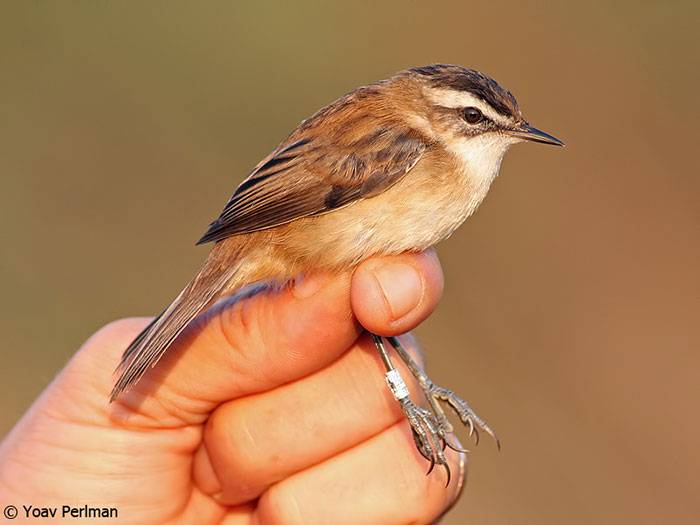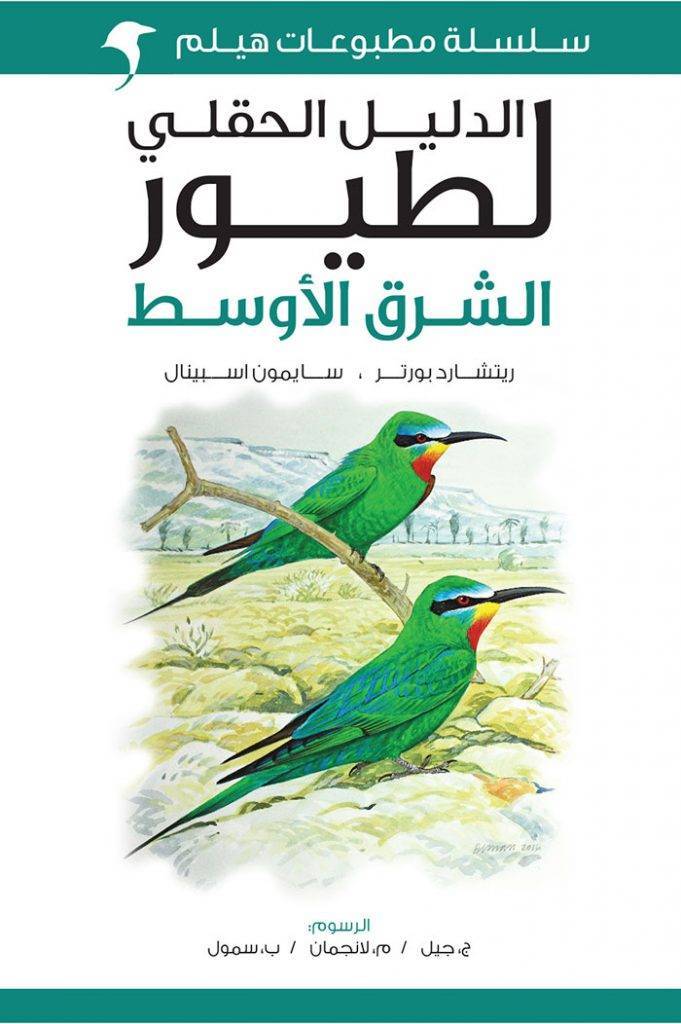
On the 21st November, OSME are teaming up with British Ornithologists’ Club and the Natural History Museum to hold our first joint winter meeting. The meeting will be held at the Flett Theatre at the prestigious Natural History Museum, Cromwell Road, London. The doors will open at 10.00am and the proceedings will begin at 10.30.
There will be 6 excellent speakers throughout the day and the focus of the meeting will be on ‘bird monitoring within the OSME region.’
The first speaker of the day will be Nick Moran of the BTO who will talk about the value of BirdTrack as a bird recording tool in the OSME region. BirdTrack is a free global system through which birders can log, store and interact with their records. Nick will introduce the tools that it offers to individual birdwatchers and how BirdTrack data provides a valuable resource for conservation and research in the OSME region.
Richard Porter is a co-founder of OSME and has worked across the region for decades, most recently supporting bird recording and conservation in Iraq. Richard’s talk will be a tribute to the biologists and conservationists in Iraq and will cover Richard’s involvement with them over the last 10 years. The work of Nature Iraq will feature prominently, especially its Key Biodiversity Areas Inventory – a monumental treatise that OSME helped sponsor. Ornithological advances and discoveries will be outlined, especially in the mountains of Kurdistan and the southern marshes.

The final speaker of the morning session will be Andy Symes of BirdLife International discussing the importance of monitoring the threat status of birds and the implications for conservation. The BirdLife Secretariat is the Red List Authority for birds on the IUCN Red List, coordinating the process of evaluating all of the world’s c.10,000 bird species in order to assess their extinction risk. Monitoring changes in species threat status is a major tool in prioritising conservation management, and Andy will discuss this in the context of the OSME region.
Structured monitoring programmes in much of the OSME region are in their infancy, and for the first talk of the afternoon, Gareth Bradbury and James Darke will outline an exciting waterbird monitoring project at Kadma Bay, Sulaibikhat Bay and Jahra Pools in Kuwait. The Wildfowl & Wetlands Trust (WWT) was approached in 2014 to establish a waterbird monitoring programme for the East Jahra Reserve area of Kuwait under the UN-funded Kuwait Environmental Remediation Programme (KERP). After three successful coordinated counts in November 2014, January 2015 (timed to coincide with the International Waterbird Census) and April 2015, ten species of waterbird have been identified whose numbers exceeded 1% of that species’ flyway population.
Some of the longest running bird monitoring initiatives within the OSME region are from Israel, and Yoav Perlman will present the importance of Israel as a migration hotspot. The country has a long history of bird monitoring and a well developed national bird monitoring scheme. Some flagship projects will be highlighted, including the annual raptor counts in autumn and spring (since 1981), breeding atlas surveys, long-term ringing network, and many focused monitoring projects of threatened species.

The illegal killing of birds is a significant global conservation issue, and is a major threat to many species within the OSME region. The final talk of the day from Bob Elliot of the RSPB will highlight the key issues that some of our most iconic and protected species are facing from illegal trapping, shooting, and poisoning. The talk will use case examples to demonstrate why long term monitoring of species and habitats is vital in fighting against wildlife crime offending.
The day will end with the drawing of the raffle from which all proceeds will go to funding the production of an updated Arabic version of the field guide to the Birds of The Middle East.
A full programme can be downloaded here

